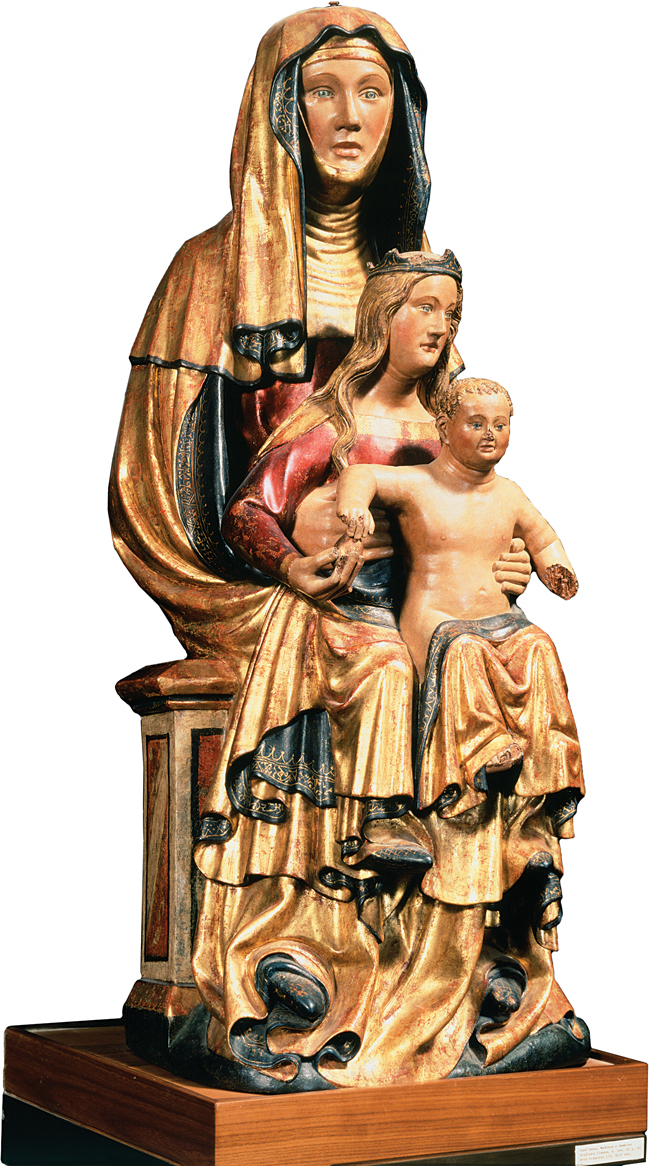Popular Religion

Apart from the land, the weather, and local legal and social conditions, religion had the greatest impact on the daily lives of ordinary people in medieval Europe. Religious practices varied widely from country to country and even from province to province. But everywhere, religion permeated everyday life.
For Christians, the village church was the center of community life — social, political, and economic as well as religious — with the parish priest in charge of a host of activities. People gathered at the church for services on Sundays and holy days, breaking the painful routine of work. The feasts that accompanied baptisms, weddings, funerals, and other celebrations were commonly held in the churchyard. In everyday life people engaged in rituals and used language heavy with religious symbolism. Before planting began on local lands, the village priest customarily went out and sprinkled the fields with water, symbolizing renewal and life. Everyone participated in village processions to honor the saints and ask their protection. The entire calendar was designed with reference to Christmas, Easter, and Pentecost, events in the life of Jesus and his disciples.
The Christian calendar was also filled with saints’ days. Saints were individuals who had lived particularly holy lives and were honored locally or more widely for their connection with the divine. Veneration of the saints had been an important tool of Christian conversion since late antiquity (see Chapter 8), and the cult of the saints was a central feature of popular culture in the Middle Ages. People believed that the saints possessed supernatural powers that enabled them to perform miracles, and each saint became the special property of the locality in which his or her relics — remains or possessions — rested. In return for the saint’s healing powers and support, peasants would offer prayers, loyalty, and gifts. The Virgin Mary, Christ’s mother, became the most important saint, with churches built in her honor and special hymns, prayers, and ceremonies created.
Most people in medieval Europe were Christian, but there were small Jewish communities scattered through many parts of Europe, as well as Muslims in the Iberian Peninsula, Sicily, other Mediterranean islands, and southeastern Europe. Increasing suspicion and hostility marked relations among believers in different religions throughout the Middle Ages, but there were also important similarities in the ways that European Christians, Jews, and Muslims understood and experienced their faiths. In all three traditions, every major life transition was marked by a ceremony that involved religious officials or spiritual elements. In all three faiths, death was marked by religious rituals, and the living had obligations to the dead, including prayers and special mourning periods.